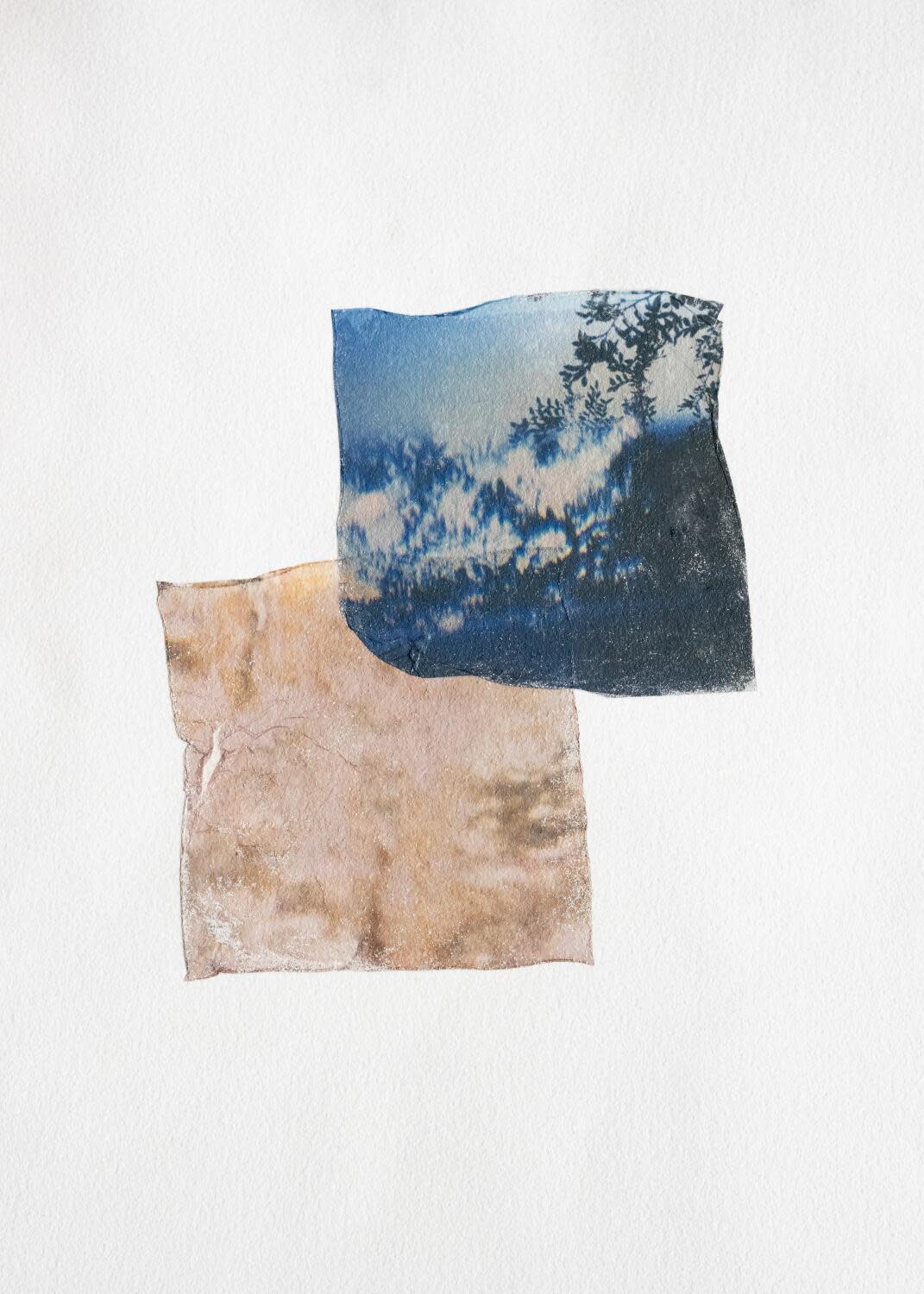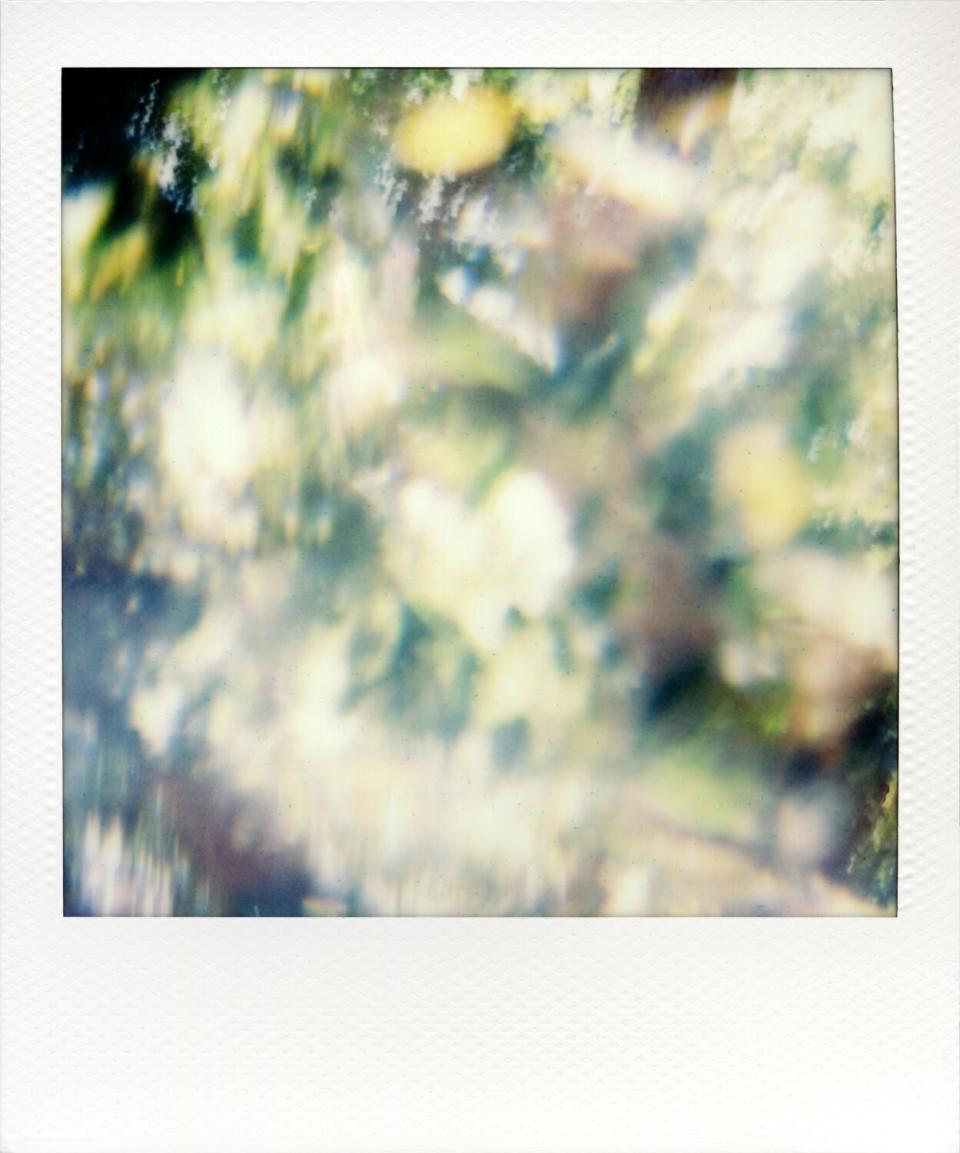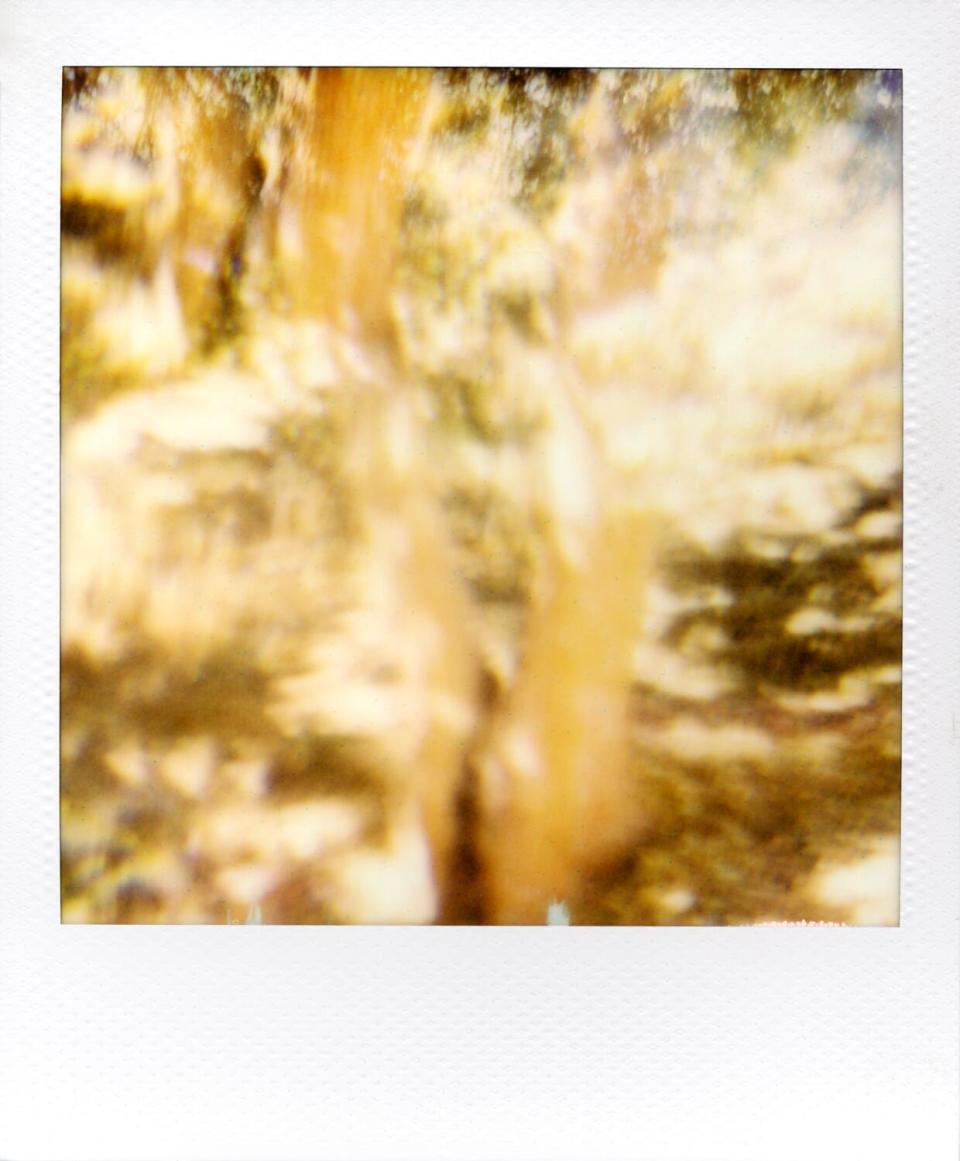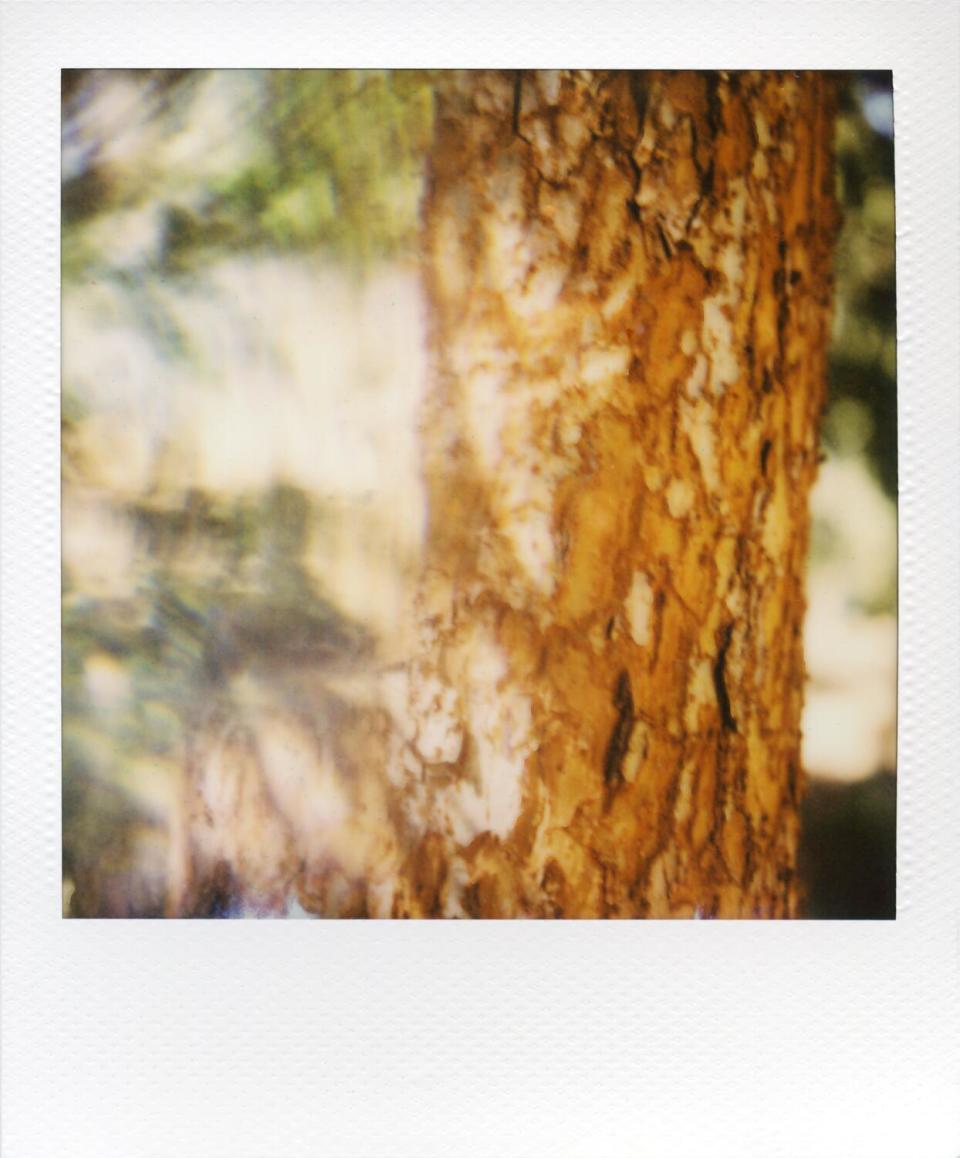Liner notes for an elm tree in Silver Lake

In Silver Lake, there’s a canyon that feels very Middle Earth-esque. Totaling out like a wave, the side slope of the canyon remains grassy and plush all year around, with weeds heralding out like a bouquet during the spring and fall seasons. In the summertime, it’s cleaned to prepare for the possible rupture of late August fires known to envelop homes and the wilderness in a haze of smoke. The canyon reminds me of being raised in Australia; brush fires abundant, the smell of ash would often steel the air into a strange metallic taste and smell. I wonder if being raised during the Anthropocene means continuously reckoning with exactly this: the cycles and vastly shifting perils of the Earth.
The reason I know this plot of Silver Lake real estate so intimately is because, over the last year, almost every Saturday I’ve ventured down past the canyon to practice Qigong with my teacher, Lee, and a group of other Daoist enthusiasts, under a local Chinese elm tree. The space is marked by jade and purple cabbage weeds and a few stone tablets as benches; a secret garden, yet accessible to all, a communal place to heal. The classes are donation-based, and we congregate, each week with different community members, in sync, for an hour to balance, restore and generate our qi. The leaves are ever-changing, yet the majority of what surrounds us is an abundance of green that remains through winter.

This lush and unexpected enclave is a reminder that the Earth is near, that she is creeping through every inch of pavement and over every corner of a chain-linked fence, a sign of resistance. The canyon was once home to the Pacific Electric “Big Red Car” trolley that used to be a popular means of transportation for much of the 20th century, helping increase horizontal development pattern and urban sprawl. The train track is no more, there aren’t even remnants of the trail on the ground. Earth is completely free in her own iteration, unbridled, bold, honest, unmanicured.
Read more: If nature is vanishing, what else is there to think about?
When I consider the end of the world, I think of a time when the Earth will take the soil back, the oceans will rise and the elements will take over, leaving us in unlivable conditions, straight out of Hayao Miyazaki’s “Nausicaä of the Valley of the Wind.” Humans will have to adapt to the Earth again. How well will we favor the comforts lost? Will we expand toward the future despite the fear of changing climates? Or will we keep moving away from the Earth, denying her very existence and value, until she takes over everything, wrapping us in her green earthenware? How will we feel about the vines usurping the patina of old buildings no longer housing people or businesses? Or when the wildlife overtakes long-gone metros and hospitals, lacing architecture like from the Greeks or the Romans, and empty structures become lopsided with grief, how will we survive then?
Reminders of Earth’s rebellion — this omen — are everywhere in L.A. Even though the canyon faces a highway, nature collides in strange ways, collapsing onto the barricades of wire that separate us from the oncoming traffic. Ocean meets mountain meets desert with entire metropolitan populations existing within. There is something rough and exhaustive about the city’s exterior. That is one of the most remarkable things about L.A., and perhaps also one of its main faults: There is such a vast difference in environment, it’s tectonic.
Read more: Street style is nothing without the streets. On these intersections, see for yourself
Lee writes to me in an email, that he, along with a few other neighbors, “hand-weeded invasive, non-native grasses from around stands of native milkweed (Asclepias eriocarpa), blued-grass, golden star, and the-tiniest-lupine-ever (Lupinus bicolor)” along the canyon, in a bit to rid of its once-upon-a-time commercial stink. I think of what this place once was, an emblem of L.A.’s vastly shifting city’s transportation system. Decades later, that very land has been completely upturned. New plants and weeds are blooming, the space remains one of possibility, and rebirth always follows death. In the natural world, this much is true, the cycle is set. All you have to do is honor it.

When I consider the end of the world, I think of a time when the Earth will take the soil back, the oceans will rise and the elements will take over.

The sense of violence and obliteration lingers in the air.

Apocalyptic moments come and go; and what we do in them matters. At least 11,000 Palestinians — many of them children — have been killed in Gaza by Israeli forces, backed by the U.S. The sense of violence and obliteration lingers in the air. In the canyon, I feel the sentimental dance of mortality, the liminal realities of facing mass death and mass ecocide. There’s something almost pastoral about the environment. In the over-saturation of cars and highways, there is still an emblem of softness, available for all to encounter. The canyon is strangely nostalgic. It feels like a place once known but distant in one’s memory. The Earth will always be here, even after we’re gone.
Humans have too much hubris. We think we can outlive our own mortality, but the end of the world is just another beginning. There is brightness even amid the dark. As we grieve a world we’ve already lost, we find hope within the very folds of nature herself.
Fariha Róisín is the author of "How To Cure a Ghost," "Like a Bird," "Who Is Wellness For?" and most recently, "Survival Takes a Wild Imagination." She lives and dreams in Los Angeles.
This story originally appeared in Los Angeles Times.

